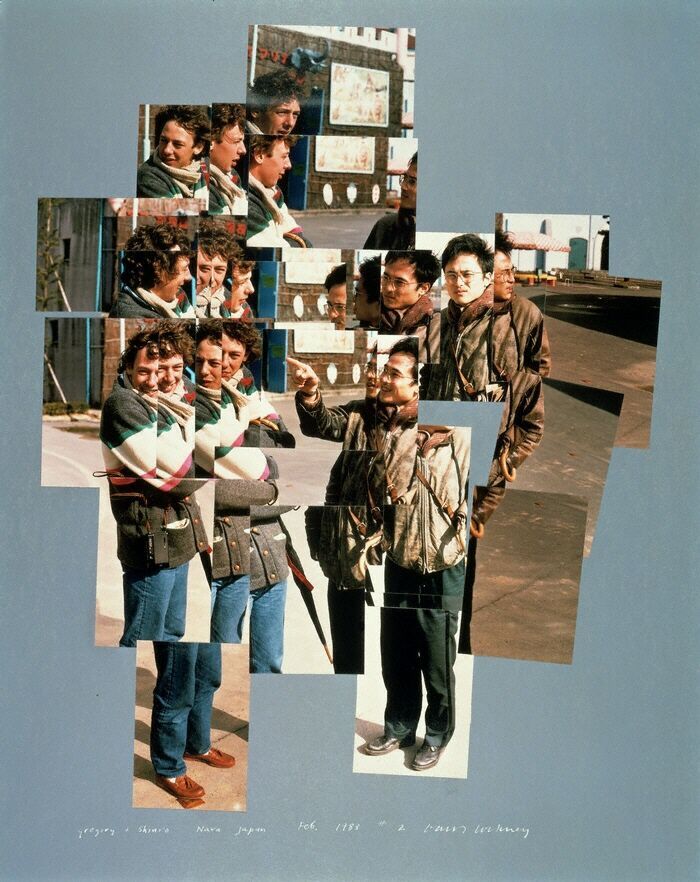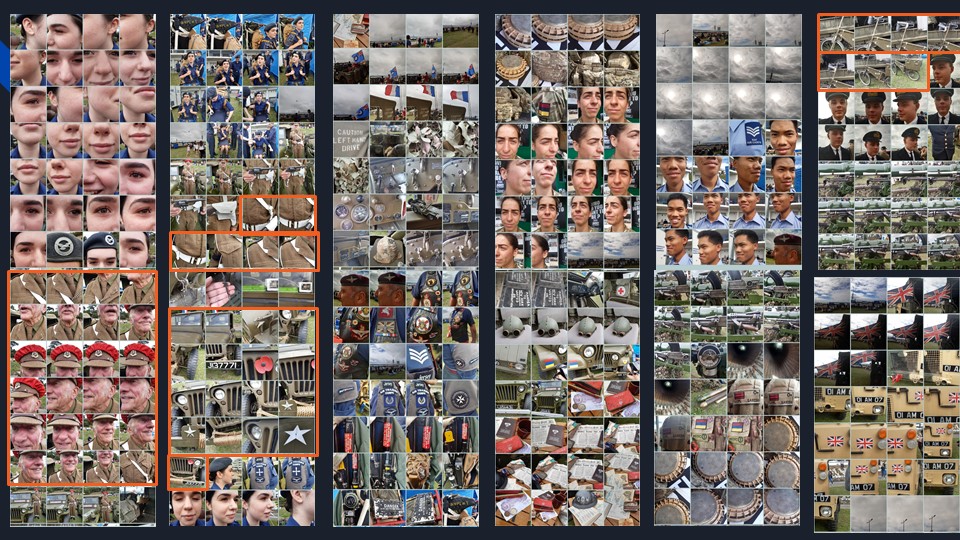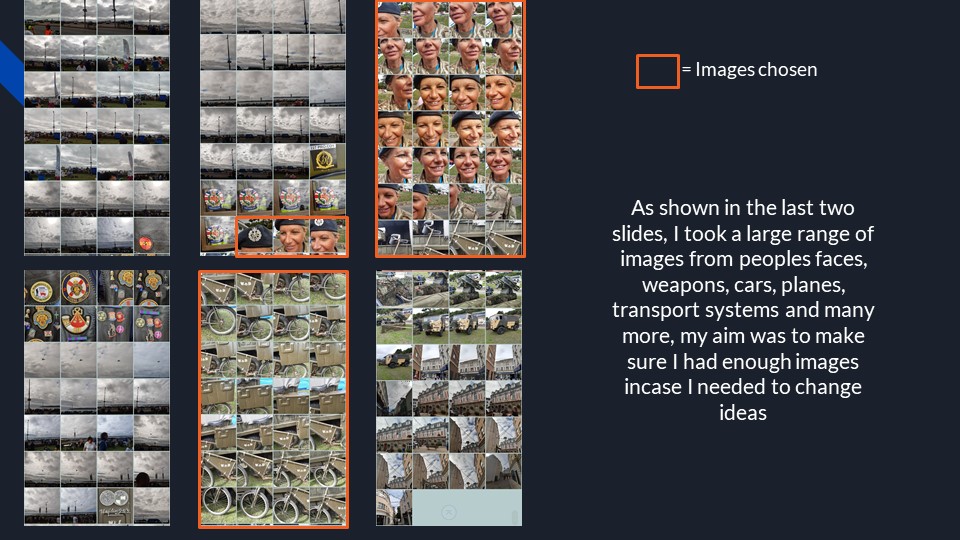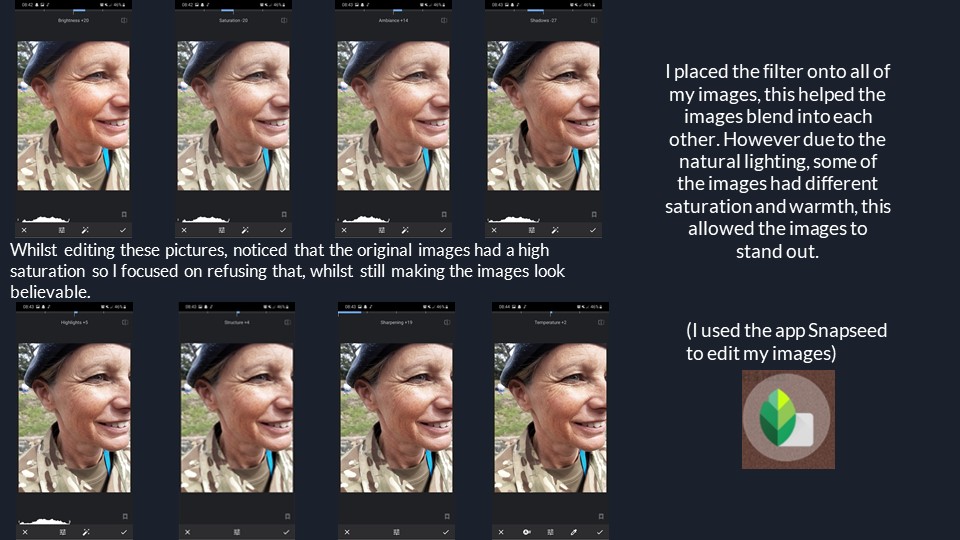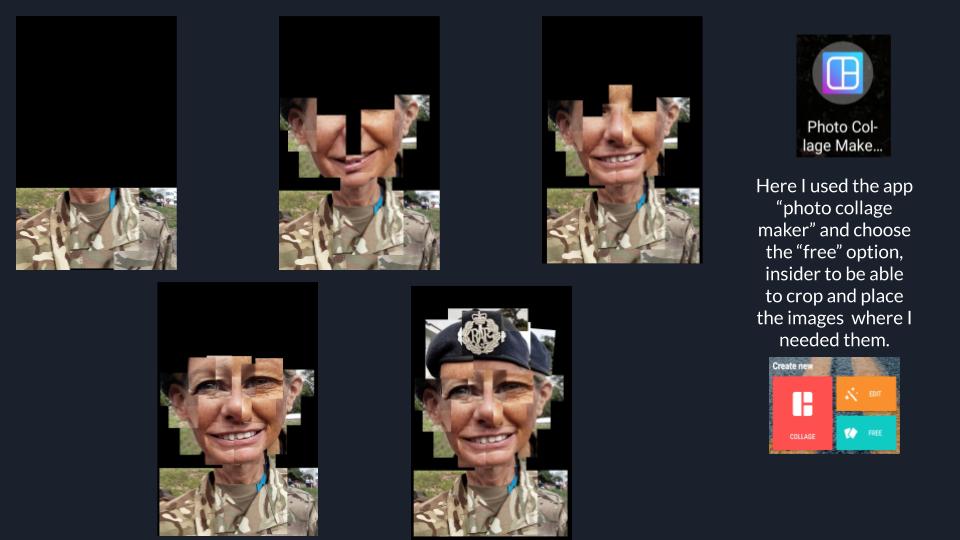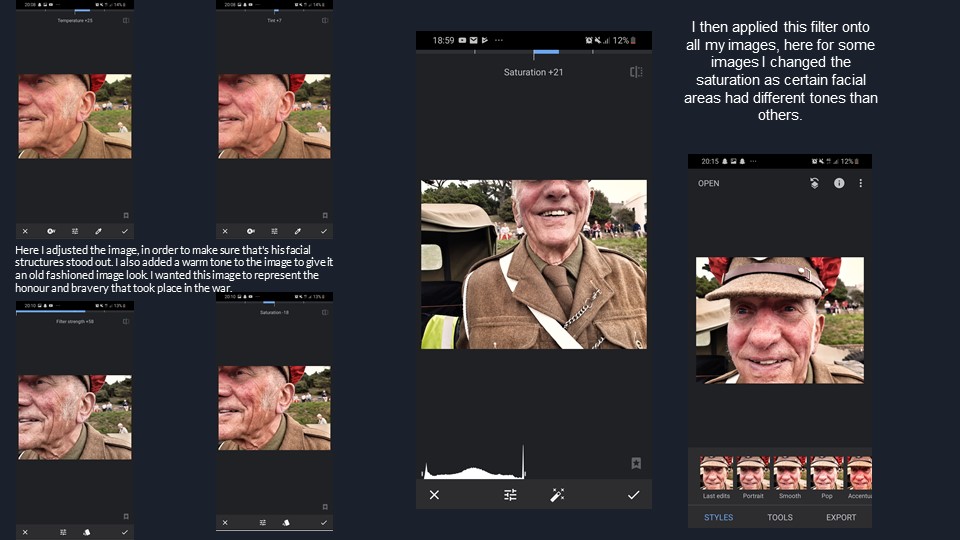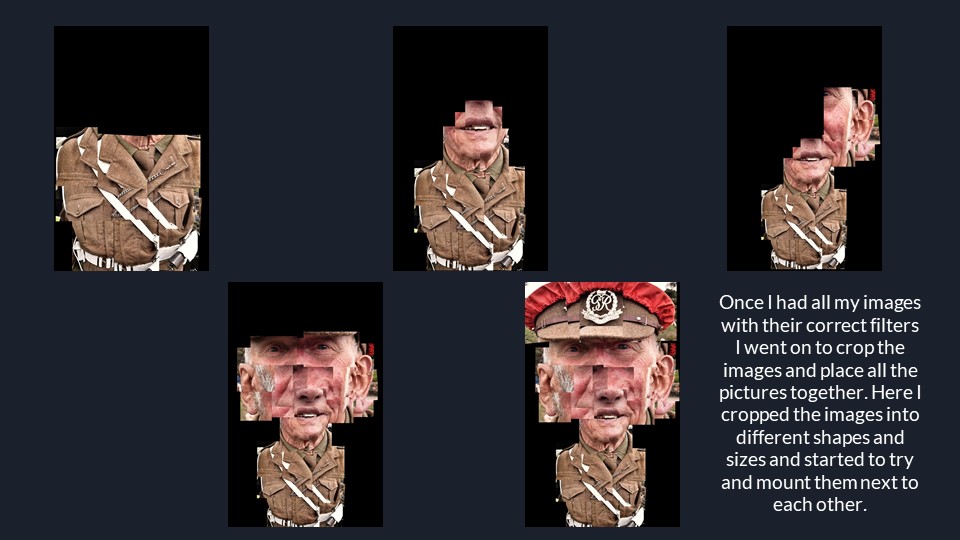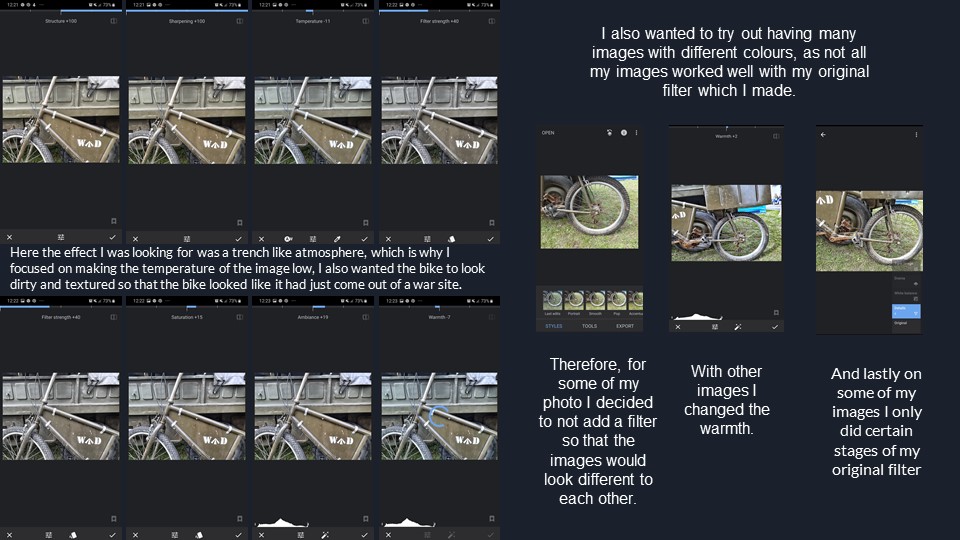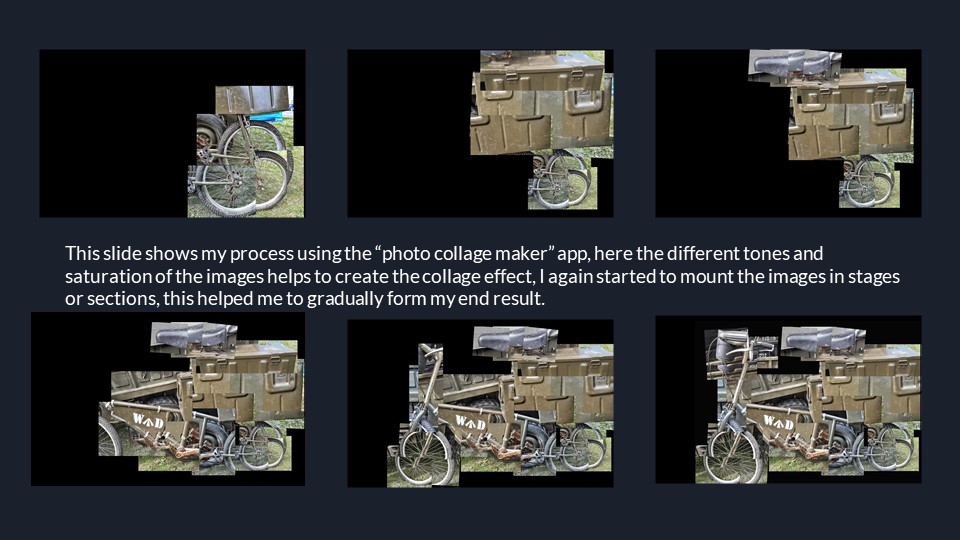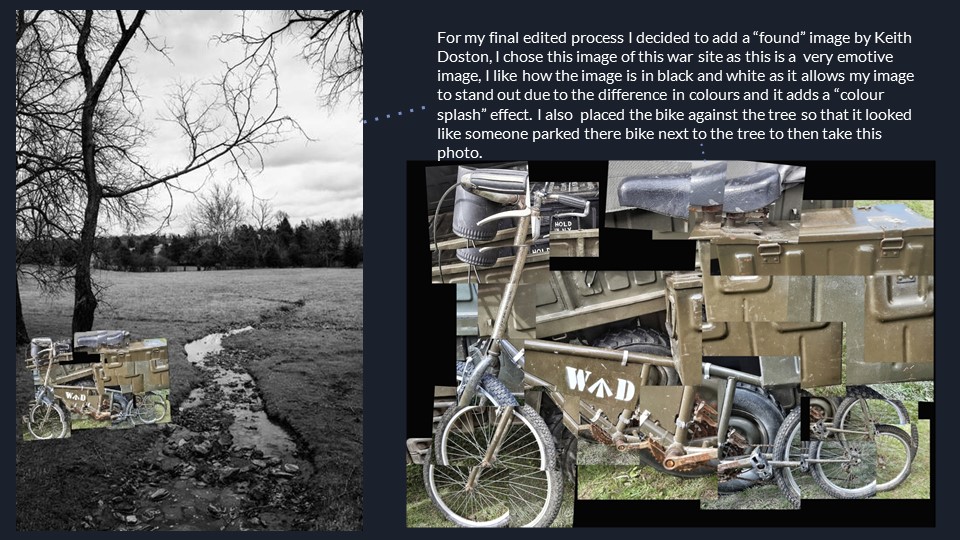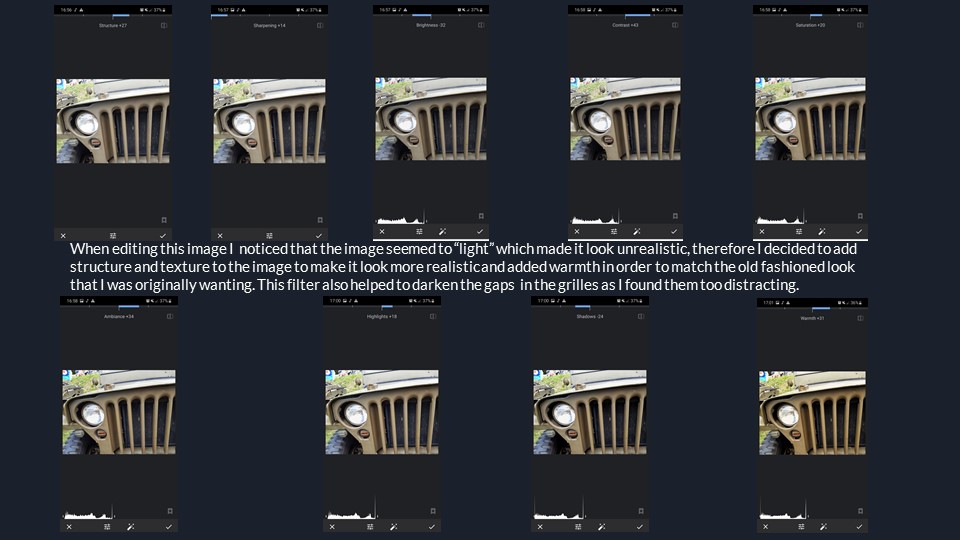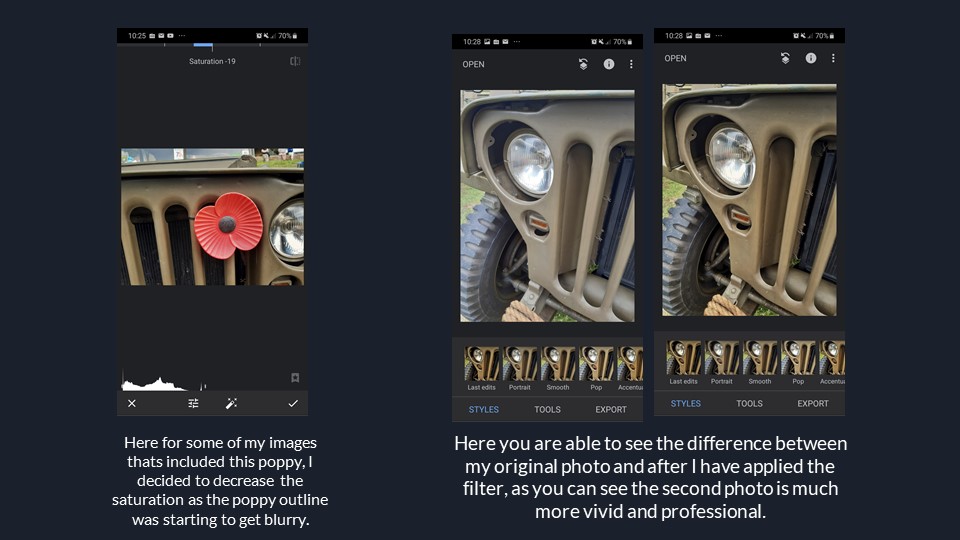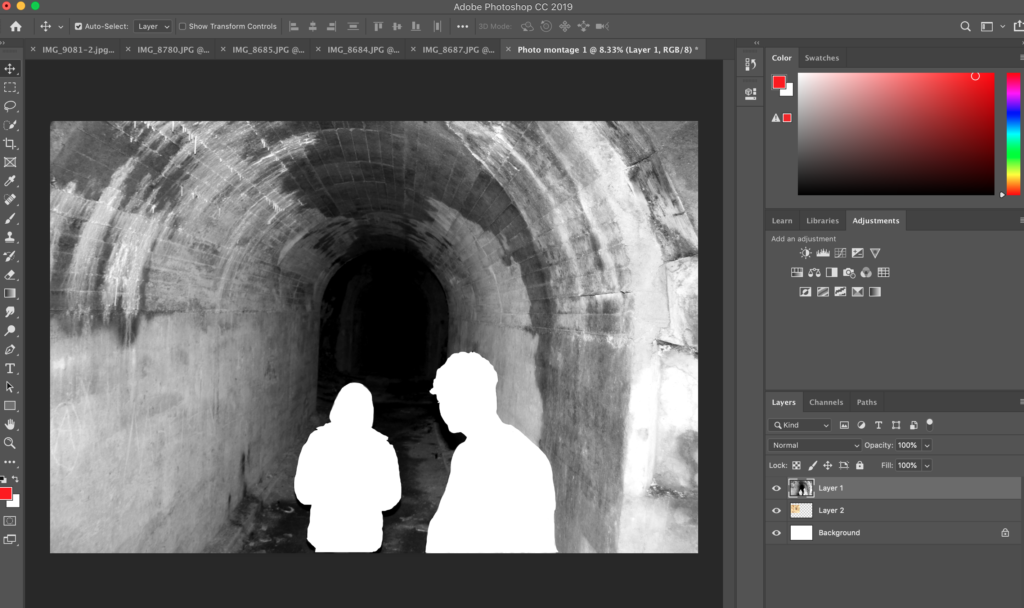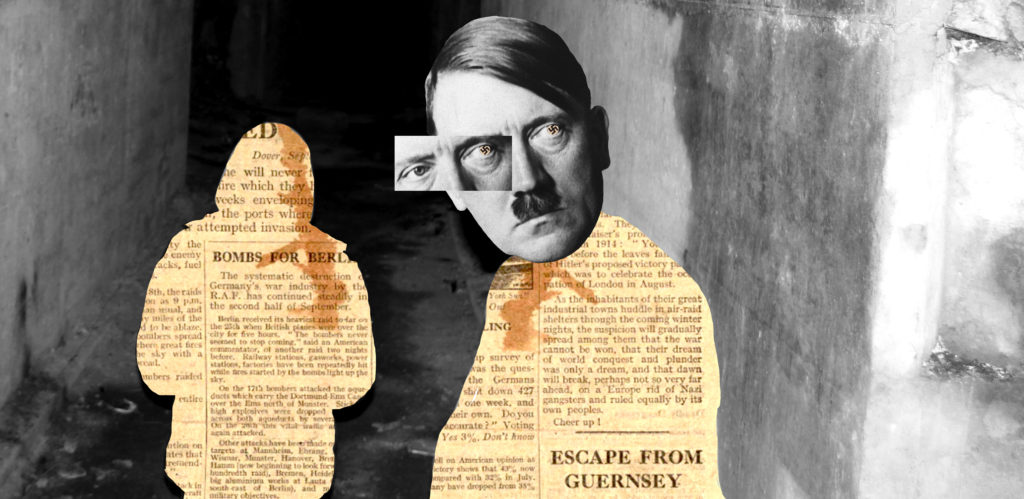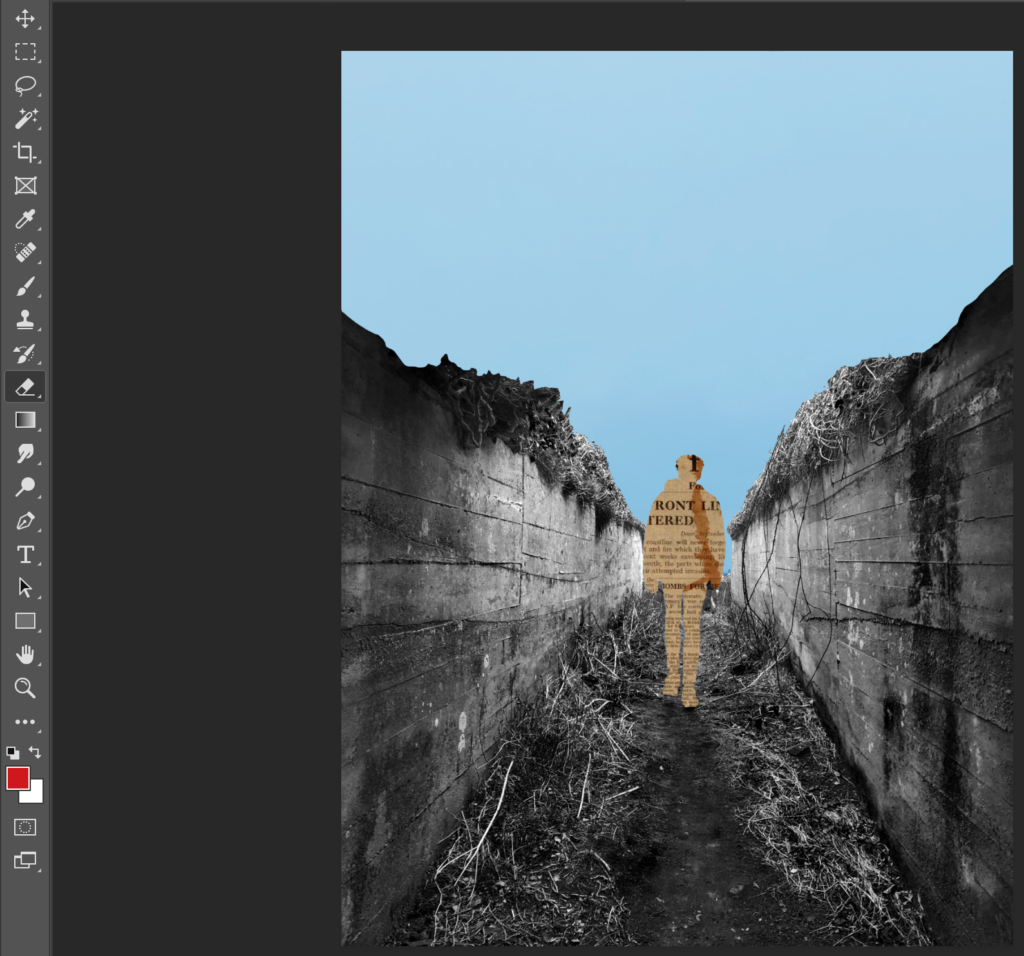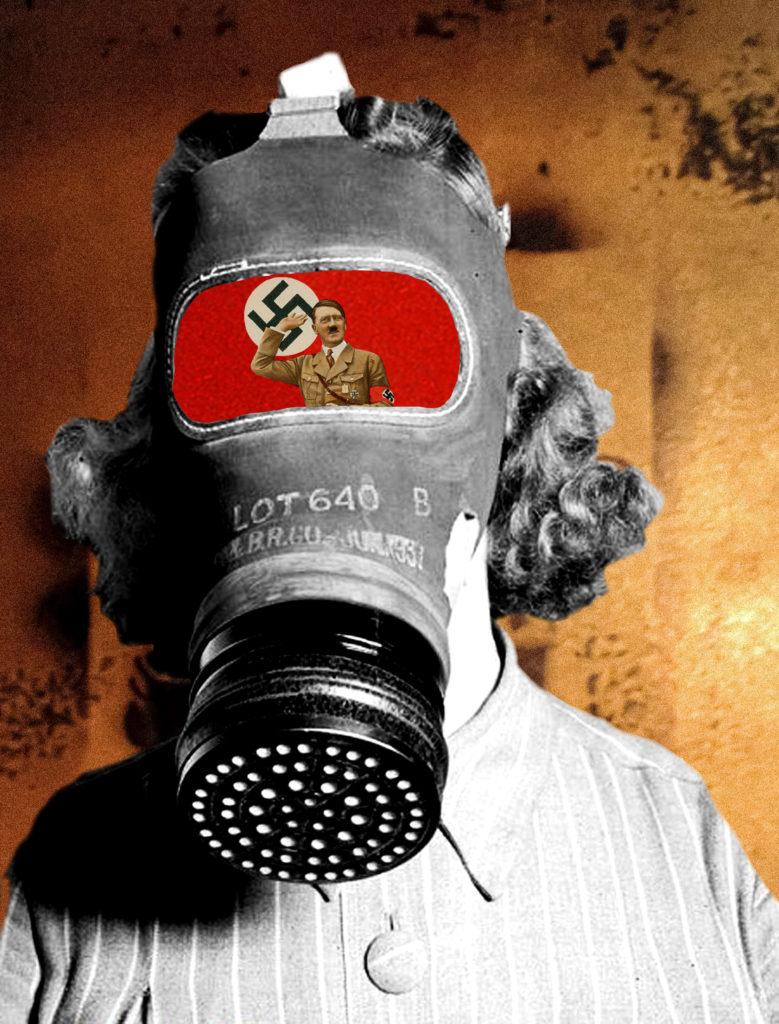Technical- The lighting in this image is mostly industrial fluorescent lights, coming from the large panels overhead and behind, in the factory background. Krupp is also lit from the sides, which creates a more dramatic tone and reveals dark shadows around his eyes and highlights his wrinkles and every crease in his face. This adds a sense of fear to his figure and the overall image, as this sort of lighting is usually associated with evil and demonic imagery. The dark shadows around his eyes provide contrast with the harshly bright lighting around his face.
The sitter is in sharp focus so that every part of his face is magnified and noticeable, whilst the rest of the background is blurred very slightly, becoming more blurred as the eye goes further into the background. This makes the sitting figure of Krupp the main focus of the image and it is what the reader’s eye is most drawn to, but also it can be seen in a more figurative sense: the actions of his past may be becoming blurred and forgotten (as he was released from jail after only 3 of his 12-year sentence for Nazi war crimes in the second world war), but they still are a part of him, of the menacing man in the centre of the image.
Visual- The whole image is tinted green, which adds another level to how the sitter is presented as evil, due to the green colouring making Krupp look sickly and presents as a sign of ill-health, disfiguring him and making him seem inhuman, almost. The whole image feels cold and the colouring makes it look like the image was taken underground, which reflects how Krupp concealed his involvement in Nazi Germany and how his past was buried “underground.”
The texture of the image is also worth mentioning. Due to Krupp’s face being in sharp focus, his skin is very clear for the onlooker, and his aged skin and wrinkles are obvious. For example, the lines around his eyes are deepened by the shadows cast around his eyes, which makes him look threatening and unpleasant. Also providing texture to the image is the background, which seems to be a factory or other industrial setting. The railway tracks and cars behind him appear as harsh and forceful in contrast with the simple concrete pillars framing Krupp, and additionally, they seem to stretch on quite far behind him, perhaps alluding to his influence and how he managed to get out of serving his full jail sentence.
Contextual- The image shows Alfred Krupp, a German industrialist who was notorious for utilising Jews as slave-labour for his factories during the Second World War to provide arms for the Nazis. He was convicted of crimes against humanity during the Nuremberg and sentenced to 12 years in prison, but was released after only 3 years. The photographer, Arnold Newman, was an American Jew who was asked by Krupp and his company to shoot a portrait of him, and although he initially refused, he eventually accepted, promising to make Krupp look evil and like the devil incarnate. He was then almost refused by the Krupp corporation, believing him to look “too Jewish”, but he convinced them to let him shoot the portrait after showing them his extensive portfolio of the many celebrities he had already shot. He then worked around Krupp and his security, manipulating the light and the setting to produce this image of Krupp as an evil and malevolent man, without their knowledge.
Conceptual- Newman intended to show Krupp, and therefore also any other of the Second World War war criminals, as evil, no matter how they got off having to pay the price for their actions. The fact that he is Jewish is also of note, because it shows his personal viewpoint, and the camera lens is transformed into his own eyes, and the onlooker sees Krupp as though through Newman’s gaze.
LINKS– https://www.nytimes.com/2018/11/26/lens/examining-arnold-newmans-environmental-portraits.html https://kamo.photography/blog/photographing-evil-story-arnold-newman-alfred-krupp/





